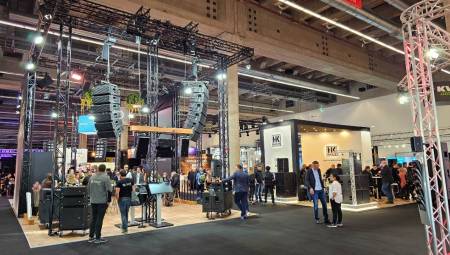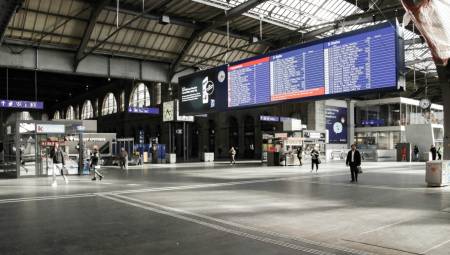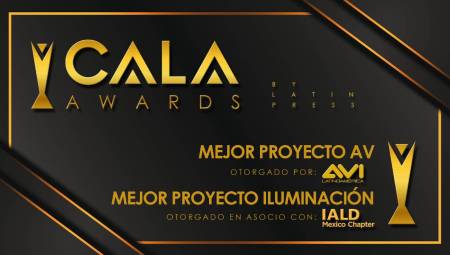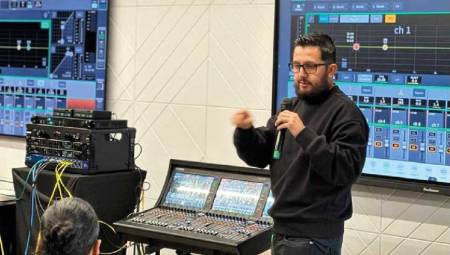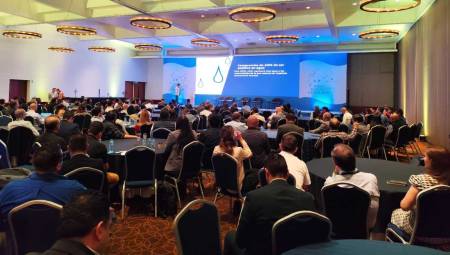 International. The first time a light-emitting diode was manufactured, today popularly known as LED, was 50 years ago, in 1962, at the General Electric Lighting laboratories in the United States, through a process that at the time was called magical.
International. The first time a light-emitting diode was manufactured, today popularly known as LED, was 50 years ago, in 1962, at the General Electric Lighting laboratories in the United States, through a process that at the time was called magical.
It was a group of engineers and scientists who at the time were researching new applications for semiconductors, resulting in a visible semiconductor alloy laser, a device that illuminated the first visible LED.
Due to its conformation, mainly by gallium arsenide phosphide, the first LED lights were only red, so its applications will be basic, used to indicate if an appliance was on or off. As research progressed, new colors and applications emerged, but for this it took almost 40 years.
Due to its benefits of durability and consumption savings, when white light was developed, the first equipment to have LED bulbs were flashlights. But the developments were not focused only on lighting, as other teams took advantage of this development.
This is how in 2004 the first TV with this technology was presented to the market, which allowed to go from equipment that occupied a large space to thin screens with better image quality, although its main problem, already overcome, was the high price.
Today, LED technology has achieved a penetration into people's daily lives unthinkable 50 years ago, through intelligent lighting systems thanks to the control allowed by LEDs, in addition to flat screen TVs. But today scientists are working on its replacement, the organic light-emitting diodes, Oled.




